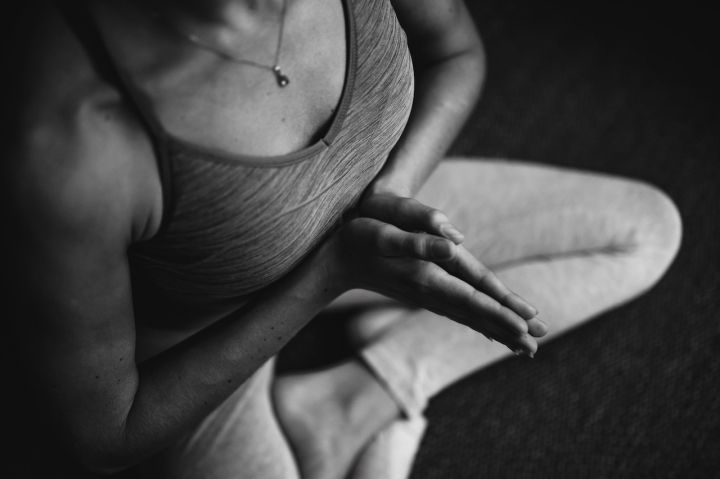Headstand is a common pose in yoga. In this position, the body is completely inverted and the head is placed on the floor. Some people find it interesting to practice the inversion pose, while some people feel fearful because of the fear of falling and getting injured.

Inversions require flexibility in the following areas.
Hamstrings (muscles at the back of the legs): You can prepare your body with double angles, standing hand-grip toe extensions, half splits, and strengthening side extensions.
Shoulders: Prepare your body through bull face pose, eagle pose, double angle pose c , dolphin pose and focus your eyes on your belly button.

Inversions need strength: Shoulders, abdominal strength, you can prepare your back muscles with boat pose, prepare your body with plank pose and four column support.

How to set the right "Base" For inversions
In yoga, the "Base" Is the part of the body in contact with the ground. In a headstand, it is the arms and the top of the head. Most of the weight should be placed on the arms, not the head.

From tabletop pose, place your arms on the floor. Keep your upper arms parallel to each other, elbows under your shoulders, do not move your arms and interlock your fingers.
Press the forearms down on the floor. Place the head on the floor within the palms of the hands. Most of the weight must be on the hands, not the head.

Contraindications
Neck pain, herniated discs, forward or backward neck tilt. If you have these problems, it is not appropriate to practice headstands.
Thyroid problems , high blood pressure, pregnancy , menstruation, especially during the first few days of heavy menstruation. Also not suitable for practice.

The difference between headstand and three-legged handstand
The main difference between them is that the neck bears more weight in a three-legged handstand. In a headstand, most of the weight is on the hands and you can even lift your head off the ground (this version needs to be very strong and should not be attempted by beginners), and beginners should familiarize themselves with the headstand first, and then with the three-legged handstand and other variations.

How to do handstand step by step?
Preparing for the bye style
Hold 10 breaths in dolphin pose
Do 10 more dolphin push-ups
Warm up the neck and put a yoga block between your hands in baby pose
From dolphin pose, place one knee on your chest and the other foot on the floor. Hold 5 breaths on each leg. Do not skip this step!

Place both knees in front of your chest and hold for 5-10 breaths. This challenges your core strength. Don't skip this either, be patient here and you will see progress.
If you can, straighten your legs out. Hold for a few breaths and then return to baby rest

Asana benefits.
Strengthens the whole body, purifies the blood, heart, lungs, develops awareness of the body's center.
Helps overcome fear, builds confidence, and improves circulation. When you are upside down, the blood containing oxygen and cellular nutrients flows back to all organs of the body. It also enters the digestive system and therefore helps with digestion.
Reduces stress. As the blood flows to the brain, it releases hormones, which improves your mood.

How long should i keep it up?
Beginners usually hold for 5-7 breaths and then come down. With practice. You can hold for 15-25 breaths. In ashtanga yoga, hold at least 15 breaths in headstand a, 10 breaths in headstand b (legs parallel to the floor), and 10 breaths in headstand c (lifting the head).

The three-legged handstand is usually held for only 5 breaths. Return to baby pose after the inversion. You can also practice standing forward bend. It will feel good to lengthen your neck in standing forward bend.

